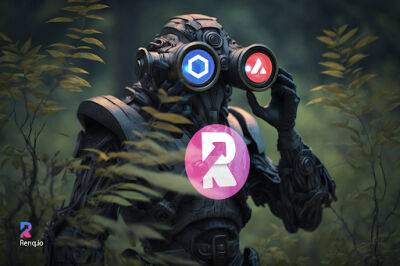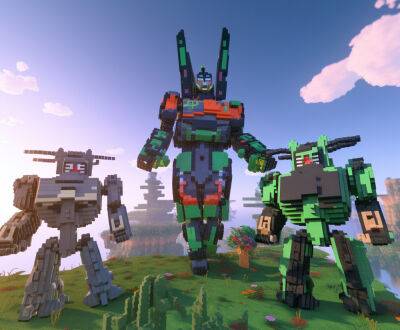7 real-world cloud computing examples to know
Cloud computing has become an important part of our lives, whether we realize it or not. Many of the services and applications we use on a daily basis, such as messaging and streaming music and video, are powered by cloud computing.
Here are real-world cloud computing examples to know.
Netflix uses cloud computing to provide streaming services to millions of users worldwide. By hosting its content on cloud servers, it can ensure reliable and scalable delivery to a global audience.
Netflix uses a variety of cloud computing services and technologies, including Amazon Web Services (AWS) and content delivery networks (CDNs). The majority of Netflix's cloud computing requirements, including storage, processing power and data management, are met by AWS. Netflix makes use of CDNs to guarantee that its users receive its content fast and consistently. To enable users to access the content from the closest location, CDNs keep copies of the content in many locations around the globe.
Also, netflix uses CDN (Content Delivery Networks) and they have servers around the world hosted on AWS (Amazon Web Services). The file/video you request is sent to the Content Delivery Network closest to you.
Slack is a cloud-based messaging and collaboration platform that allows teams to communicate and collaborate in real time. It utilizes cloud computing to provide scalability, reliability and accessibility to its users. Slack's cloud infrastructure allows it to support a large number of users and messages, and to provide seamless access to its platform from multiple devices and locations.
Slack runs on cloud-based architecture that is designed to be highly available and fault-tolerant. It uses multiple data centers to ensure that its services are
Read more on cointelegraph.com







![Lido [LDO] shuns staking for DOT and KSM, all you need to know - ambcrypto.com](https://gocryptonft.com/storage/thumbs_400/img/2023/3/30/92444_r0q8p.jpg)









